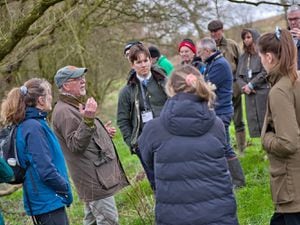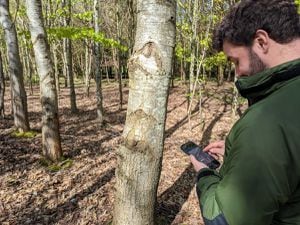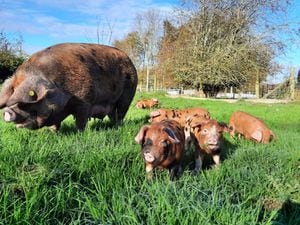Growing investment value of forestry
Last year saw unprecedented price rises for timber.

The Forestry Commission’s Coniferous Standing Sales Index showed an increase of 28.2 per cent in real terms in the year to March 2018 compared with the previous year. This was mainly caused by the decreasing value of the pound against the Euro making imports less competitive resulting in an increased demand for home-grown timber.
Small roundwood prices too are remaining high and have been driven by a shortage of supply particularly for industrial roundwood, resulting in production cutbacks for some wood processors.
Timber price increases along with favourable tax incentives for owners of forest land have led to forest property investments continuing to remain one of the highest performing asset classes with a total return of 13.9 per cent in 2017. This represents a rise from 9.9 per cent in 2016 and just below the 10-year average of 15.7 per cent per annum, capital growth being the main driver.
The new UK Agricultural policy will most likely only include payments to farmers and land owners who can deliver “environmental public benefits” with an emphasis on more tree planting for flood risk management, carbon sequestration and recreation. T
This will raise the profile of forestry even higher as a valuable and competitive capital asset for investors.
A much-needed supply of home-grown softwood timber will be required in the coming years and we are simply not planting enough trees now to meet the projected demand in 2030 when domestic supplies begin to run out.
Despite the long-term commitment contained in the government’s 25-year Environment Plan to plant 7,500 ha per year in England to 2042, barely 1,000 ha. were planted in 2017-18.
In Wales just 200 hectares were planted! Scotland saw the best planting figures since 2000 with 4,700 hectares of new conifer planting with a target to plant 10,000 ha. per year.
Of course, trees do not only provide timber, they are the most efficient carbon-capture technology on the planet. The International Panel on Climate Change reported that a 45 per cent reduction in carbon emissions will be required within 12 years to keep a global temperature increase within the 1.5-degree target to avoid far-reaching consequences.
A report launched last month by our own Committee on Climate Change stated that for the UK to contribute to this global effort, 50,000 ha of new woodland creation will be needed to help lock up all that carbon.
Given that timber demand is set to rise and investment returns to forestry have been positive year on year, farmers may want to seriously think about planting more trees on any marginal land they may have, especially when the UK has finally left the EU and is free of CAP constraints.
Martin B. Jones is a Chartered Forester and managing director of the Woodland Stewardship Company, a UK-wide forest management consultancy based in Shrewsbury





